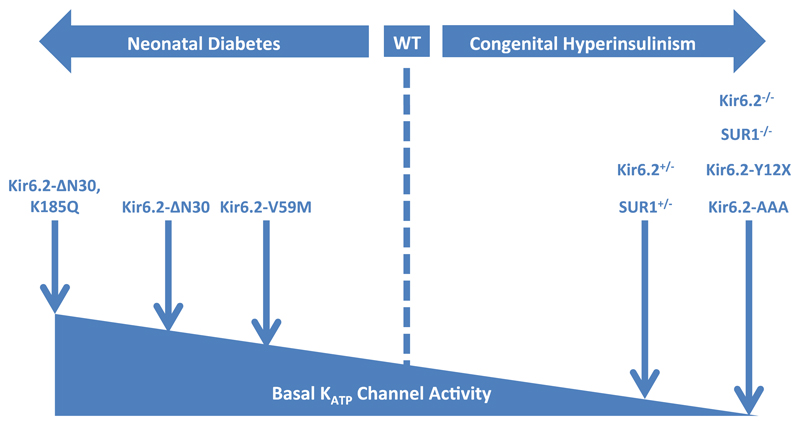Figure 3. Mouse models of β-cell KATP channel insulin secretory disorders.
An increase in basal KATP channel activity reduces insulin secretion and leads to neonatal diabetes. Mouse models of increased KATP channel activity display hyperglycaemia and hypoinsulinaemia: they include those with Kir6.2-V59M, Kir6.2-ΔN30, and Kir6.2-ΔN30,K185Q mutations. Reduced basal KATP channel activity results in congenital hyperinsulinism. Mouse models with partial deletion (Kir6.2+/-, SUR+/-) or ablated channel expression / function (Kir6.2-/-, SUR-/-, Kir6.2-Y12X, Kir6.2-AAA) have been generated but do not fully recapitulate the human disease.

